Biltin Toker: A Life Outside the Box
An ode to Biltin Toker, the Istanbulite architect and polymath, whose contribution to modern architecture and urban research is hidden in the depths of memories. His son Alaz Toker revisits the memory of his father, opening the seal of time after 25 years, and proficiently portrays the social conditions that shaped Biltin Toker and his very special relationship with Istanbul itself.
Segui il tuo corso, e lascia dir le genti *
People do not like to talk about their fathers, especially if their fathers are dead… Shared moments and memories (whether blissful or sad, deep or superficial) have surely left a mark, and that “mark” is desired to remain as it is. Because neither shared / internalized happiness nor the negative experiences will be compensated. I have similar feelings -more precisely, I had. When I started to talk about my father Biltin Toker with dear Özgür Gezer, who has found me exactly twenty-five years after his death, I would never imagine that the first word dropping to my mind would be the title of this very article, put down on paper after a long term.
WHERE DO YOU CALL HOME?
The father is special for children, especially for the sons. And this is not just because Freud said it, but because of the “uniqueness” of every father-son relationship. There is also a social aspect of the father-son relationship, which is the main subject of this article. I find it more constructive to talk about the values my father put forward in the social and human context though, rather than unnecessarily mentioning hundreds of subjective qualities that made him unique and important, just like anyone’s father. I undertake the role of a mediator here to present a “mark” (albeit vaguely) to us and those to come after us, by referring to the general characteristics of a generation whose few representatives survive today. Actually, I feel obliged to do so.
Could a person, who has no homeland, be attached to a place / city? Where would you call “home”? A place where you are “born”, or “earn a living”? Always looking from a different perspective, Biltin Toker would answer this question as the place where you “live”. The place where a person lives shapes him / her, but the person also shapes the place where he / she lives. Therefore, district / city / country names are both important and not important. The fact that Biltin’s mother’s side had been Istanbul residents for more than seven generations -and that the family members played important roles both during the Ottoman and Republican times as intellectuals, diplomats, and doctors- had contributed to his spiritual connection with the city. On the other hand, his father’s family had a humbler nomadic life in Anatolia (due to a civil service post, as well as the impact of the “Great War” and the “Deportation” during the 1910s), which resulted in the departing of the whole family from this mortal world, except Burhanettin Toker.** This should have contributed to his sense of “homelessness”.
What if a well-educated, talented, intelligent, young and beautiful daughter of a well-established Istanbul family and a hardworking, disciplined young doctor with professional ideals come together? Whatever happens, happen and Biltin Toker is born on the eve of the Second World War, on the 12th November 1937.
As was the case with all Istanbul families with similar social status at the time, a maximum effort was put to ensure that Biltin is raised and educated in the best possible way. Having grown up with French and Russian tutors from a very young age had opened his eyes to multiculturalism, and enabled him to master five languages at a native level and cover all the main world classics when he graduated from secondary school. He was good at playing piano, fencing and cooking (he was a real gourmet). He didn’t quite realize it at the time, but getting socialized with the intelligentsia of the period was also part of the infrastructural “investment” his family made to Biltin. When it is taken out of context and looked at from today’s perspective, all these could be perceived as strange, meaningless, coercive and pure indicators of wealth, but they were quite natural for Istanbul of that period.
NEW HORIZONS: FROM OXFORD TO CALIFORNIA
EHB (English High School for Boys -now Nişantaşı Anatolian High School) was the first institution that allowed him to consolidate this background, and the years he spent in England to study architecture enabled him to start interpreting things on a social class basis. A person could have a quick wit and a deep foresight. He could come from a highly respected family. He could have the best education and intellectual equipment. He could have digested a large corpus of philosophical / literary / political works. But now, he was starting to realize that all this accumulation would actually have no meaning in the historical process, if that person refrains from using these qualities at the right place, at the right time, for the right purposes and for the right people. Thus, he took a radical step to protect his independence and set sail for new horizons, rather than following his father’s steps and be a doctor.
The biggest dilemma of self-improvement books -always occupying the “bestseller” shelves and trailing crowds like mad cows- is the constant pumping of the delusion that one will achieve happiness only by ensuring his/her own spiritual and physical well-being. They are served to us like a slurry of screams that cannot be voiced by those who live in the city, but can not benefit from its blessings. These books, sessions, video conferences do not even have a liberating, healing or symptomatic effect… Whenever a person becomes aware of not being alone and enjoys sharing trouble / anxiety / illness / unhappiness / despair and happiness / peace / hope / struggle and love simultaneously, that’s when he / she takes the first small, but enormous step… Some people take this step at a very young age, and start running like a colt; while some others start to trot at a later age like noble horses; and others spend a whole lifetime with aahs, offs, nos, excuses, complaints and tantrums -poisoning life both for themselves and those around them…
Biltin Toker was among the first group. There is not enough space here to talk about what he did during the 15 years he lived between England (Oxford / London) and the USA (Berkeley / California) simultaneously. I can tell you frankly and objectively, though, that he buzzed like a bee among several disciplines with ease and mastery very few could achieve. In the natural course of events, he worked like a caterpillar weaving its cocoon and flowed confidently like a waterfall.
He was the godfather of the architectural organization of PAM (Progressive Architecture Movement) that challenged the established order and raised the devil with the designs and discourses it put forward in the 1960s. Zaha Hadid would reap the fruits of those designs twenty-five years later. He held workshops with many legendary film directors from Alfred Hitchcock to Fritz Lang at the London School of Film Technique (thanks to the provocative popularity of the Meanwhile magazine that he co-founded!). He conducted orchestral pieces from Handel and Schönberg in St. Paul’s Cathedral in London with the insistence of his friends and also as an irony of fate. After borrowing Karl Marx’s Capital from a Californian library and holding meetings with his co-thinkers, listening devices were planted in his home and he got deported after months of harassment by FBI agents, disguised as street vendors. What more could be said of a person in a paragraph?
AN ETERNAL LOVE STORY WITH ISTANBUL
After his return to Istanbul, what did Biltin Toker do, other than writing cinema and music reviews, taking part in architectural projects matching his criteria, as well as marrying with the love of his life and having children?
Now we have come to the subject line of this article: Biltin Toker and Istanbul. At the time, Biltin was at the second stage of his apprenticeship-journeyman-mastership trilogy. He continued to observe the city like a “flaneur” for ten years, while he continuously produced and modified / transformed at the same time. The result was the fourth and the last version of Spot on Istanbul -published in 1986. How could one define Spot on Istanbul? First of all, it was an A to Z Istanbul Guide written in English, consisting of many encyclopedic articles. I would prefer to avoid this shallow metaphor, though, as it undermines the depth of this wonderful work. Let us look at the letter A to find “Abdullah the Shoemaker” article, for example. We would read to learn that he was the grandson of a very rich shoemaking Syriac Christian family from Beirut, that the family later migrated to Istanbul and worsened financially in the following years, and then he started shoe-shining out of necessity, that you could always find him at the corner of xx street in Beyoğlu, where his father’s house was located, that he had been admired by all the tradesmen and residents of the region for more than forty years due to his extremely humble and intellectual character, that you could find him at xxx tavern located thirty meters further on the same street after six in the evening, and that he would always enjoy the presence of guests to chat him over a few glasses of rakı… All this information had been squeezed into a one-eighth page article, accompanied by a smiling portrait of Abdullah. The book expanded to almost seven hundred pages with all kinds of similarly unimaginable subject titles and articles on various people and institutions. When you come to the letter Z, you realize that you are holding an unimaginably rich treasure chest in your hands, both quantitatively and qualitatively.
Spot on Istanbul is not just a mirror of Istanbul’s urban identity full of interesting stories, or a conservative book that praises the nostalgic “untouchables” of the city believed to exist forever. It would be more proper to see it as a reflection of the “archetypes” that constitute the “collective unconscious” of the social-economic-political life of Istanbul at that period if we put it in C. G. Jung’s terms.
LEGACY OF A LOST GENERATION
Sadly, Biltin lived only ten more years after he published his masterpiece: Spot on Istanbul’s 1986 edition. He died of a heart attack on the 26th of October in 1996, when he was 59 years old, just like his father Burhanettin Toker. During the last ten years of his life, he orchestrated the 1989 election campaign of his friend Nurettin Sözen***, overthrowing the previous municipal government unlawfully making the city’s benefits available to the capitalists. The lectures he gave on “Urban Sciences” at the City and Regional Planning Department of MSU (now Mimar Sinan Fine Arts University) are still described as “unique” by his disciples. He passed away while he was preparing for the opening of “The Institute of Urban Dynamics” in Galata as an open platform, bringing together the pioneers from different disciplines to express common concerns and to implement concrete action plans for solutions.
“Every death is an early one”, as the Turkish poet Cemal Süreya whispers. But I found this verse even more meaningful, after learning from the people who came to his funeral or expressed condolences that he touched many lives -either by leaving his huge library to the youth, offering scholarships to high school and university students, or providing financial support and social opportunities to people in need at his neighborhood.
Today, it is not possible to talk about the “flaneur” of the 19th or 20th centuries. He/she has also been evolving in an age where everything is at our disposal -especially after the experience of a pandemic. One can walk along the streets, visit museums, turn off lanterns in taverns, and observe people, even without taking a step from his/her house. That indifferent and egocentric attitude against the rules and oppression might still have the potential of resistance and liberation. Who knows?
Of course, we will continue the struggle by blending the individual with the social. How could that happen in today’s world (which does not look very bright in the short run) is a real question mark… How could the individual, already alienated from himself, his environment and the society, get rid of this vicious circle? The answer is simple: First, he should want to get rid of it! It will not be in the style of a young girl, who wakes up every morning, gets dressed up, shares a story on Instagram and waits for her fortune, or a poet who surfs on the computer, scribbles and deletes two lines, and waits for inspiration all day long with a glass of wine in his hand. The change will come deeply, slowly, systematically, patiently and seriously… As the poet Nazım Hikmet says:
I mean, you must take living so seriously
that even at seventy, for example, you’ll plant olive trees
–and not for your children, either,
but because although you fear death, you don’t believe it,
because living, I mean, weighs heavier.
…
I mean, however and wherever we are,
we must live as if we will never die.
The Persian poet Omar Khayyam had also pointed out that contrast nine hundred years ago:
Without me, there are no roses,
without me, there are no cypress,
no red lips, no fragrant wines…
No mornings, no evenings, joys,
There are no worries, the world exists as I think;
if I am not there, it does not exist either!
28.01.2021, Time: 16.34
Amançiç Building, Galata
* Follow your own road, and let the people talk. – That’s the way Karl Marx quotes from Dante Alighieri at the opening pages of Capital.
** Ord. Prof. Dr. Burhanettin Toker; Biltin Toker’s father, Alaz Toker’s grandfather. The Founder of 2nd Surgery Clinic of Cerrahpaşa Faculty of Medicine.
*** Nurettin Sözen served as the Mayor of Istanbul between 1989 and 1994.
 English
English





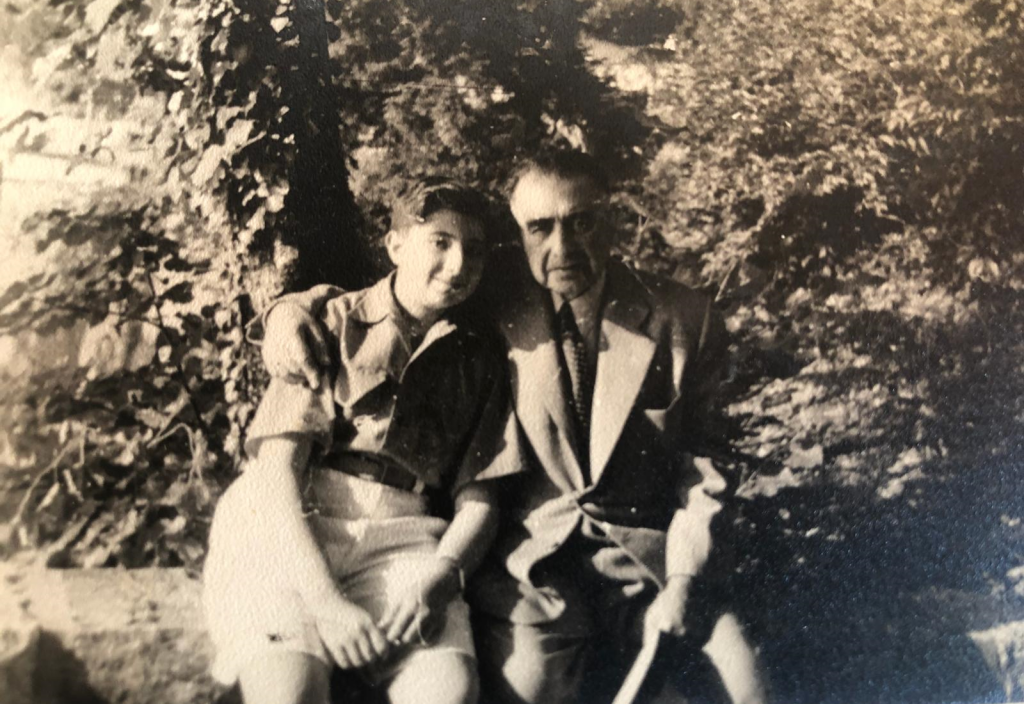
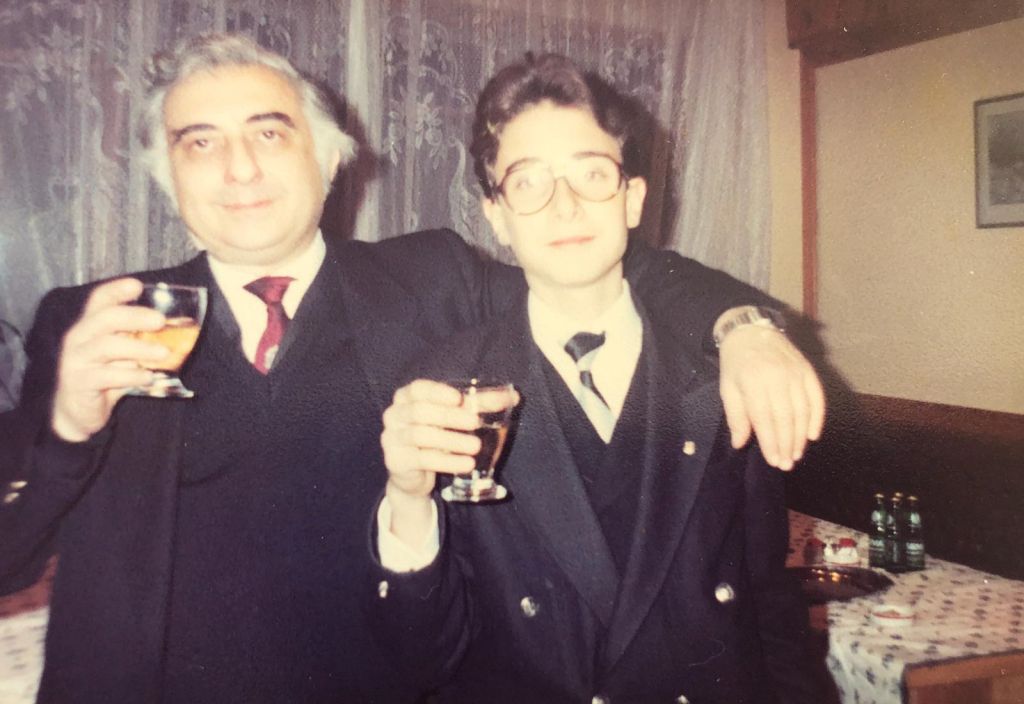
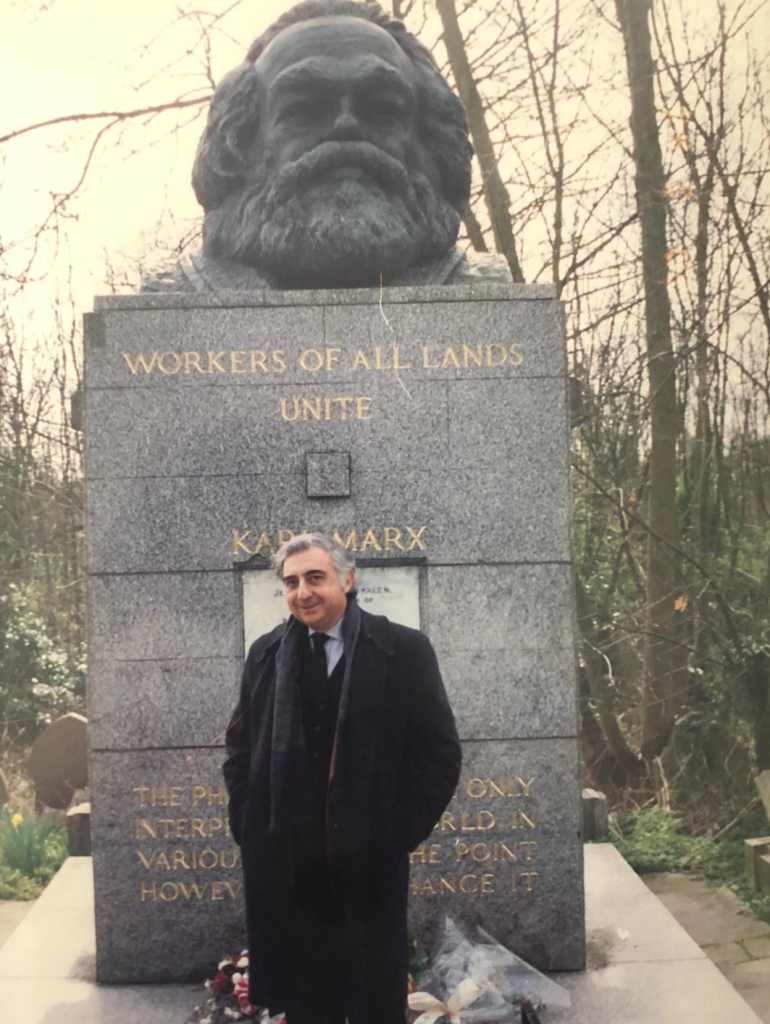
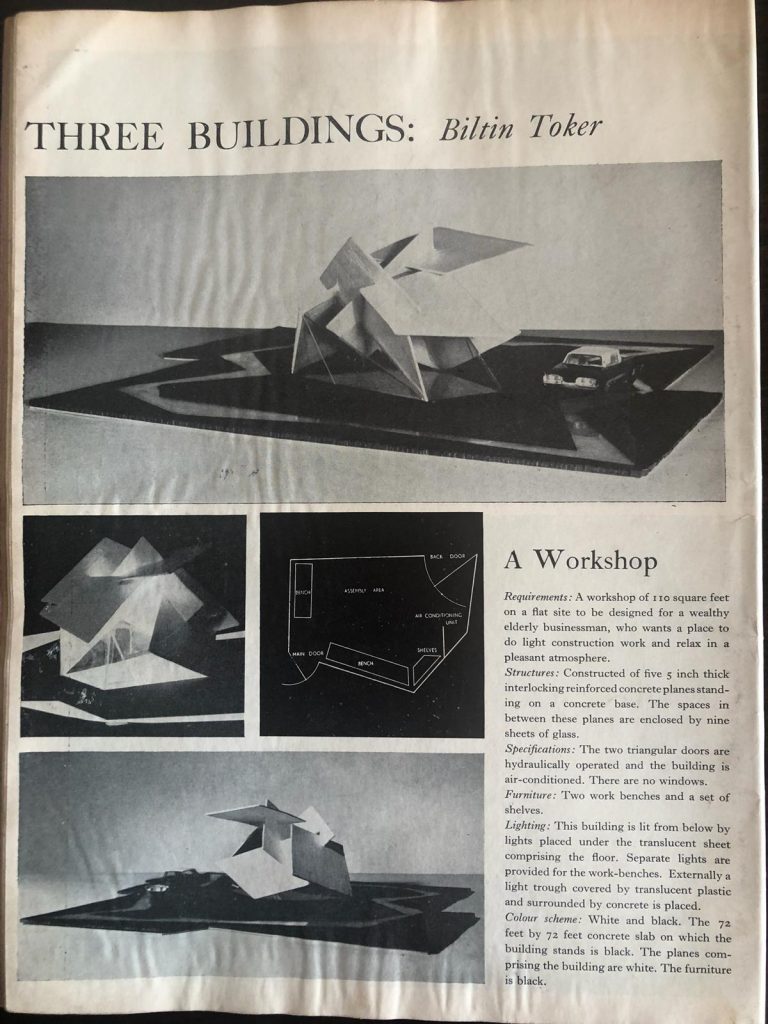
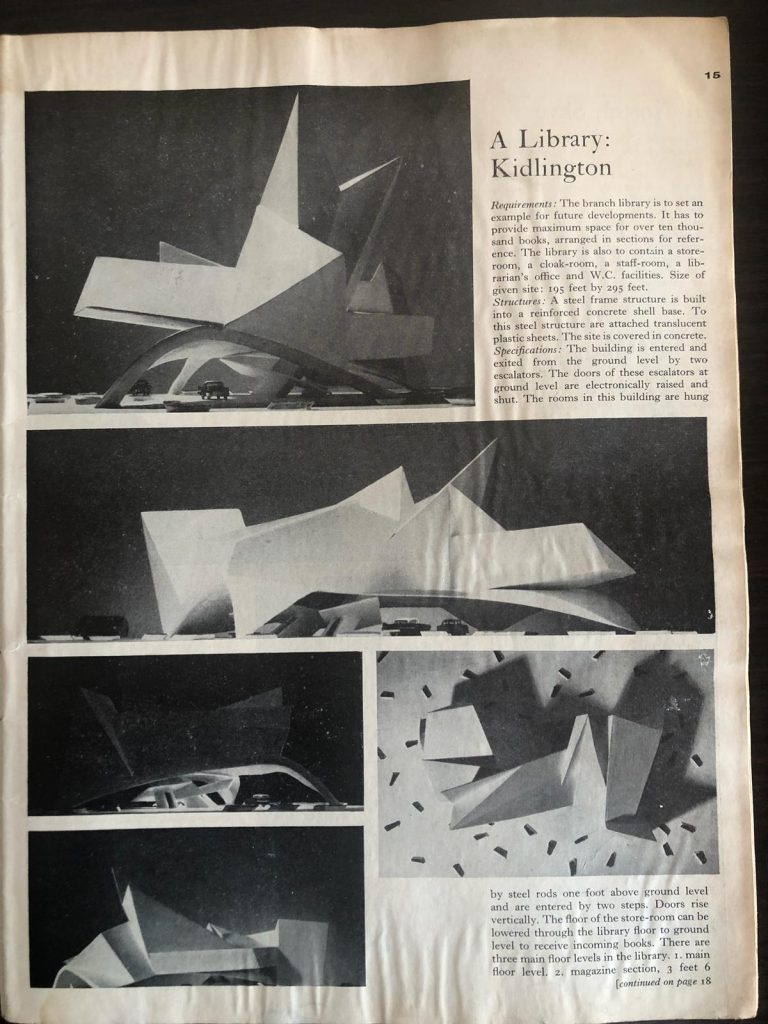
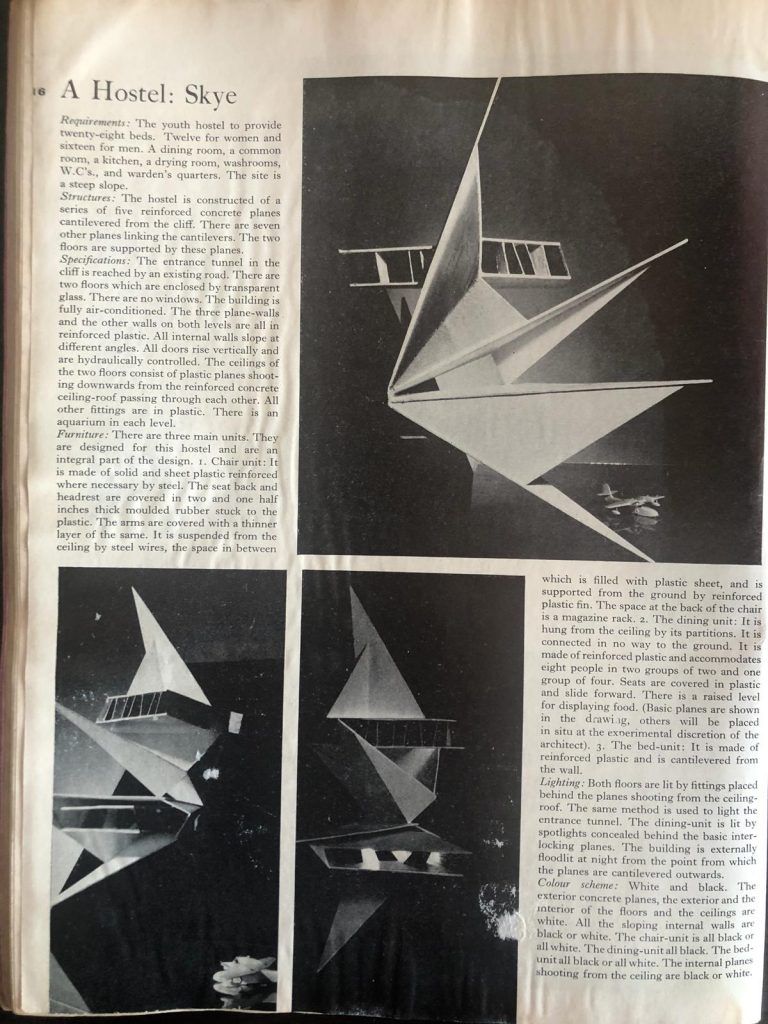
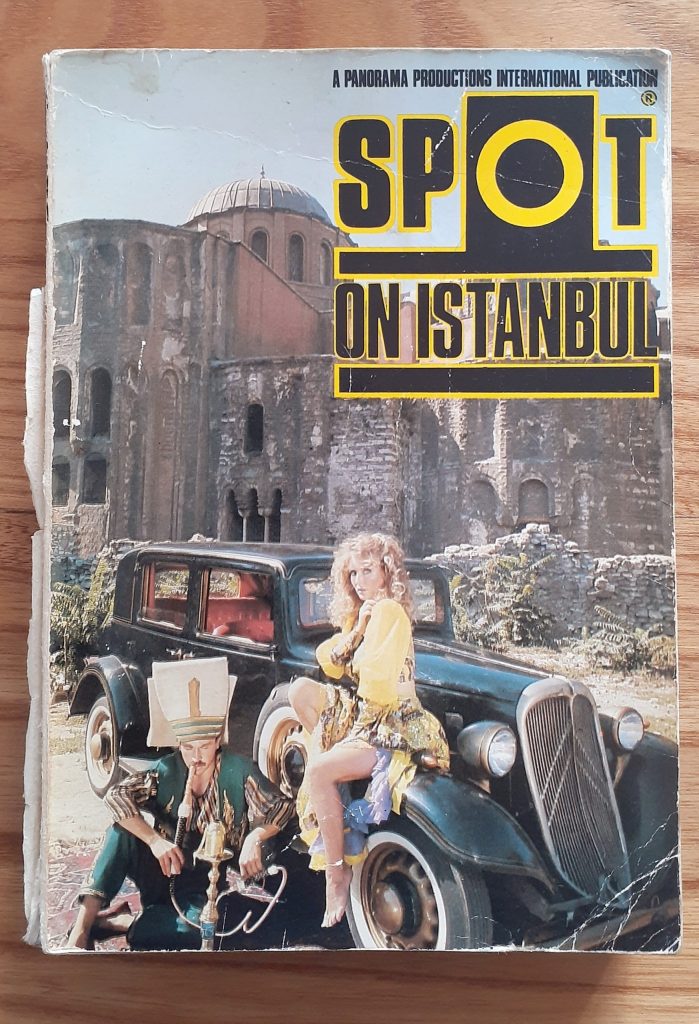
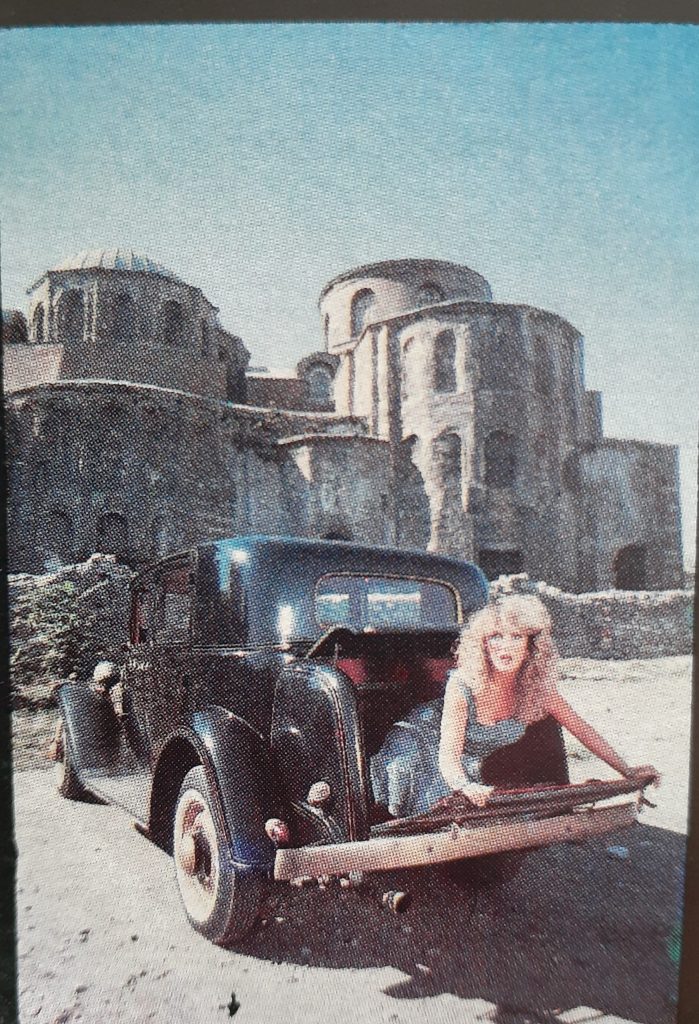
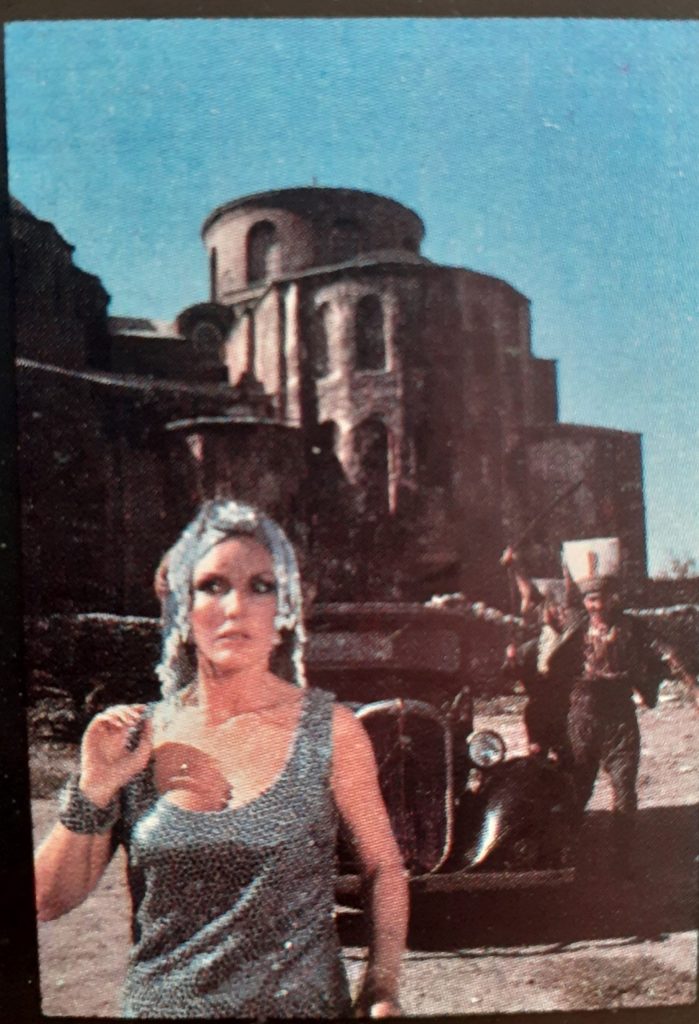
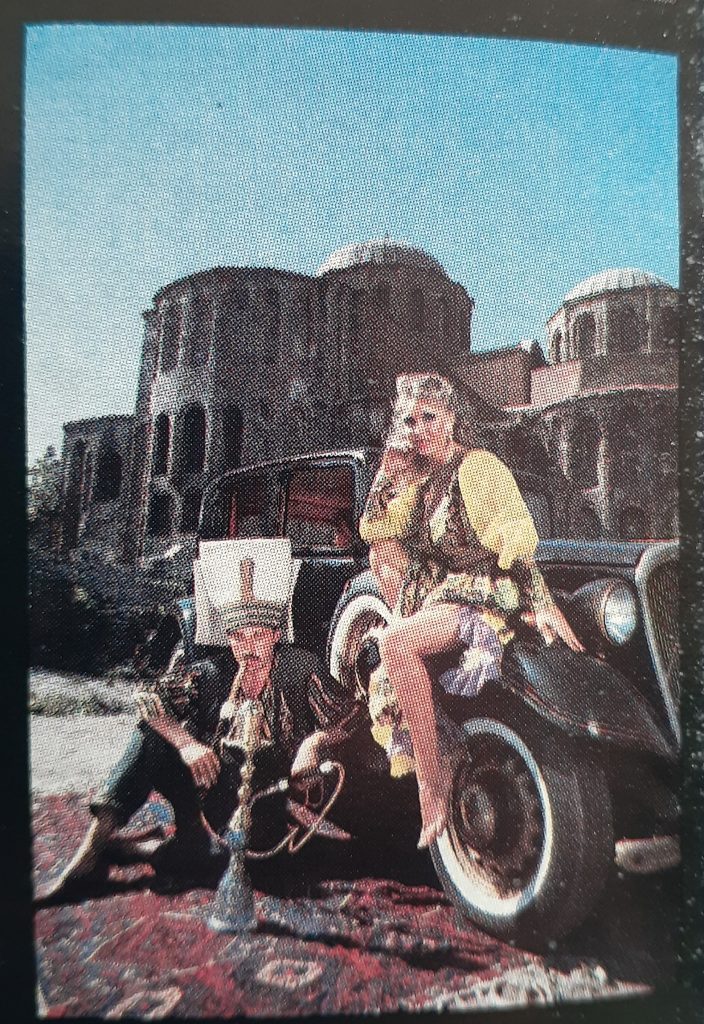
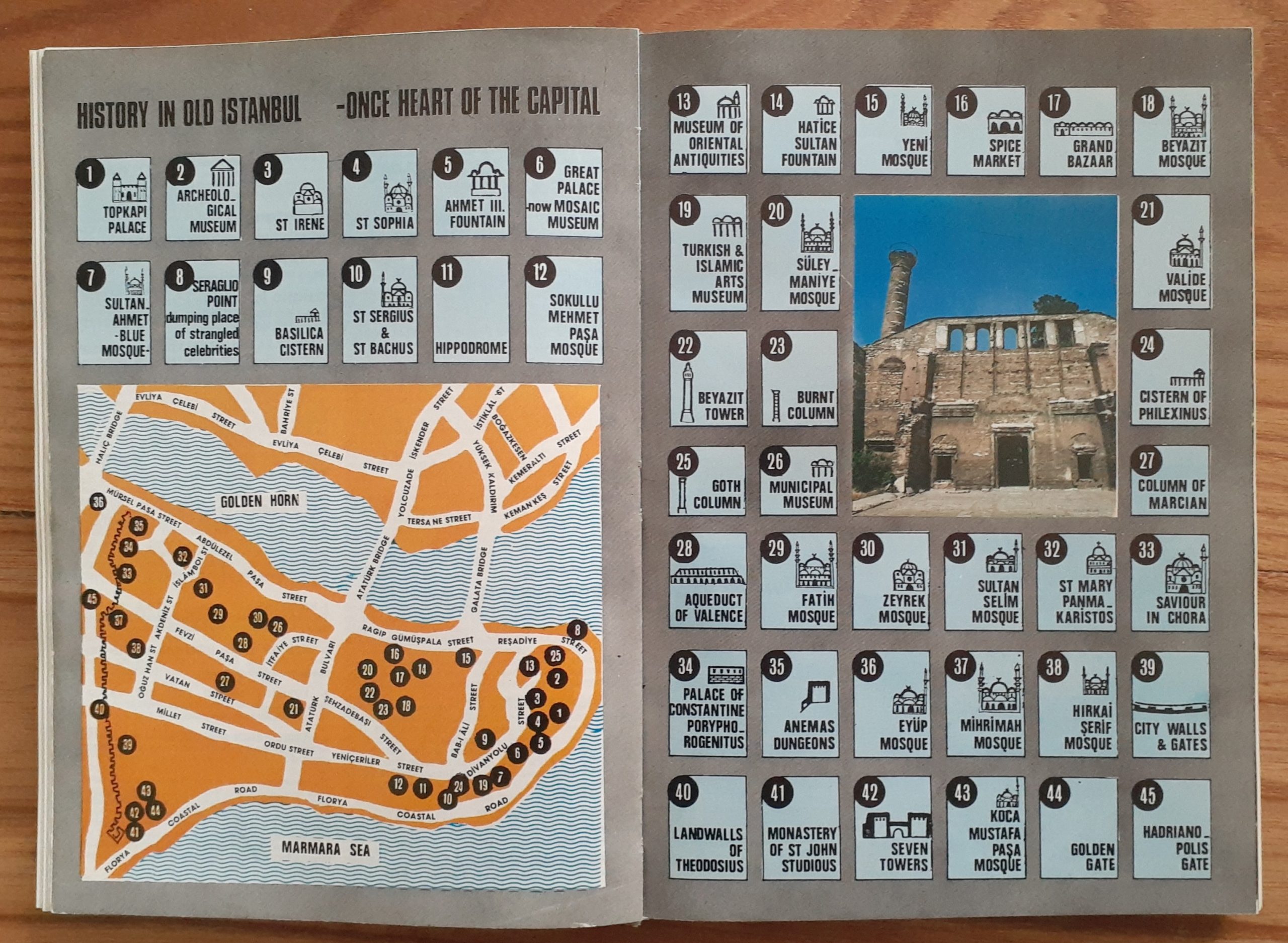

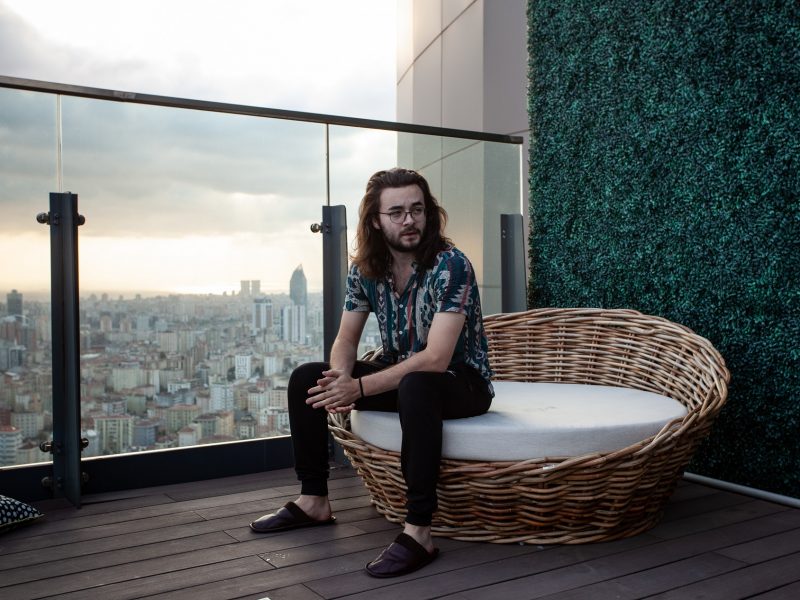
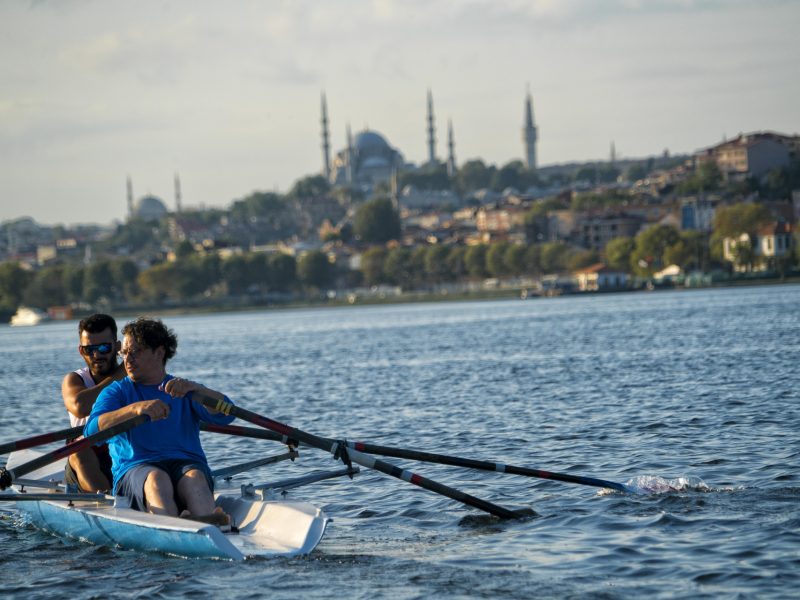
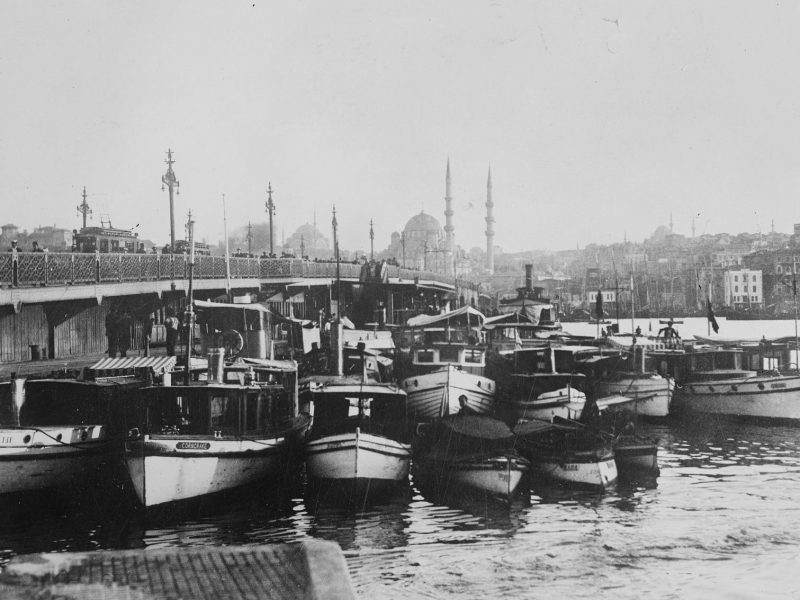
Michael Darvell
Was Biltin Toker at the London School of Film Technique in the 1960, running a film society called Meanwhile… ?
Özgür Gezer
Thanks for the comment. Yes, his son Alaz Toker remembers it as a film magazine called “Meanwhile”, also organizing workshops. Do you have any memories of him or this film society?